Early winter update
- susankavanagh
- Dec 16, 2020
- 2 min read
It's been incredibly wet so far this month. My lawn is saturated and the underground stream which runs through part of our garden has once again come to the surface. The crab apple tree which I planted in the autumn - surrounded by pond liner on the sides of its hole to prevent honey fungus incursion - is unfortunately sitting in a bog, I may have to move it into a pot for a while until I can think of a way to keep it safe while still allowing drainage (there's no pond liner underneath it but at that depth our soil is solid clay).
On the plus side it's been pretty mild, in fact I suspect this will be an ongoing trend caused by climate change. Up to the end of November my flower border looked every bit as colourful as it did in the summer, with dianthus, salvias, roses and passion flowers all still blooming. We've had a couple of hard frosts since then which pretty much finished those off for the year, but temperatures are now back up to 10°C or above (50°F) and a surprising number of summer flowers are still going strong:
Left to right and top to bottom: Hebe addenda 'Donna', Spirea japonica, Lavatera 'Bredon springs', Calendula officinalis, Astrantia ' April Love', Fuchsia 'Lady Boothby', Fuchsia 'Hawkshead', Nemesia (variety unknown)
The plant which has amazed me the most this year has been the Astrantia 'April Love', shown in the bottom left hand corner above, which has been flowering continuously since February and I'm beginning to wonder if it will make it through the full 12 months.
The downside to the very long flowering periods I've had this year is that I still haven't had the chance to cut back my perennials, I'll have to do that next time we get a spell of dry weather.
Of course, some plants are supposed to look good in the winter and I have a few of those as well, both for their looks and as food for wildlife:
Top row above left to right: Sarcococca ruscifolia var. chinensis 'Dragon Gate', Mahonia x media "Winter Sun", Fatsia japonica and viburnum (variety unknown) all flower in the winter months and provide a welcome source of pollen for bees.
Bottom row above left to right: berries on Cotoneaster x suecicus, Leycesteria formosa 'Golden Lanterns', Callicarpa bodinieri var. giraldi 'Profusion' (beauty berry) and fruit on Arbutus une. Altlantic attract a variety of birds.
I've spent some of the drier days re-arranging my outdoor train set so that there is more room around its edges, which in due course I'll plant up with some shrubs as well as adding a seating area. I've already added a small pyracantha which I found growing in another bed, presumably self-seeded from a berry dropped by a passing bird.

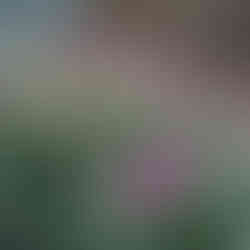







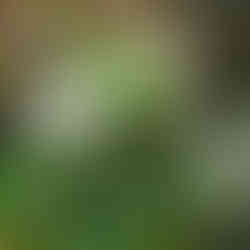


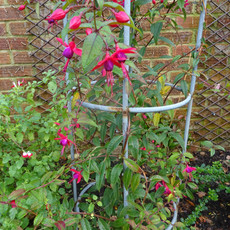

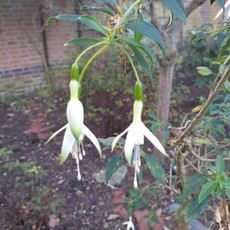













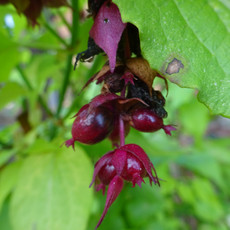




Comments